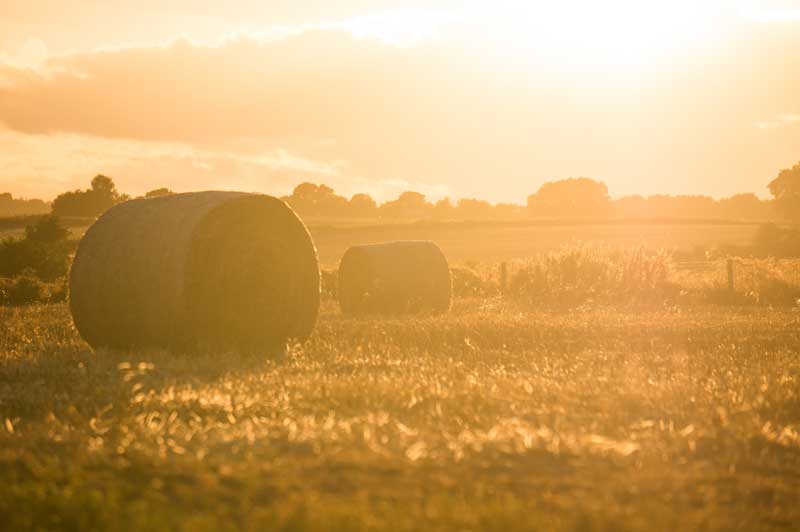June 2019 was the hottest June recorded on planet Earth
As if we needed any proof that it is hot out there, a European satellite agency has announced that June 2019 had the hottest global temperatures for the month, making it the warmest June ever recorded on Earth. The previous warmest June was recorded in June 2016.
A heat wave in Europe caused extreme temperatures all over the continent. In France, the highest temperature in the country’s history was recorded (114 degrees F) and wildfires raged across Spain as temperatures topped 104 degrees F. Experts warn that climate change makes record-setting heat waves at least five times as likely to happen.
Warm winters in Alabama are contributing to “super nests” of wasps
Perennial yellow jacket nests, aka “super nests,” are popping up around Alabama this summer. The nests contain 15,000- 18,000 aggressive wasps with multiple queens and can grow to the size of a Volkswagen Beetle. Entomologists believe that warm winter weather and abundant food supply have allowed some colonies to survive the winter and enter spring in much larger numbers that normal. Usually, the colony’s workers do not survive the cold winter weather, leaving the queen to leave and form a new colony.
Researchers usually document about 4 or 5 super nests each year. In 2006, over 90 were documented. This year, two super nests were confirmed in May, a month earlier than the previous early identification, leading scientists to think that this year may see more super nests than ever before.
The public is warned not to disturb a giant yellow jacket colony. Only a licensed pest removal company should remove a colony.
A fire at a Jim Beam bourbon warehouse is killing fish in the Kentucky River
A recent blaze at a Jim Beam warehouse in Kentucky burned 45,000 barrels of bourbon. Firefighters from four counties responded and when the fire was out officials announced that the runoff from the firefighting efforts caused a 24-mile long alcohol plume in the Kentucky River.
The plume, which is causing low oxygen levels in the water, is slowly traveling toward the Ohio River, where it is expected to dilute to safe levels. Thousands of fish have already died, and crews are working to aerate the water in an effort to increase the oxygen levels for the fish. Authorities say that the water is not harmful to people.








